Today I would like to share some photos with you, which a brother of mine made a few days ago.
Yes, he was on the beach of Getares (Algeciras, Cadiz) and saw how a girl was putting several shells on a small wall, on the seafront of Getares; he liked the scene and decided to take several pictures.
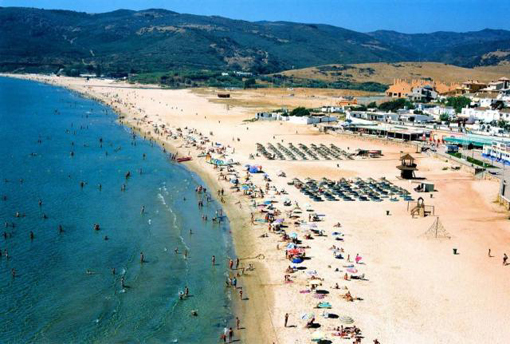
The beach of Getares

Another view of this beach
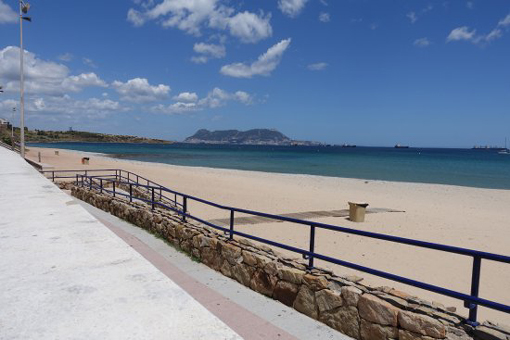
The beach close up
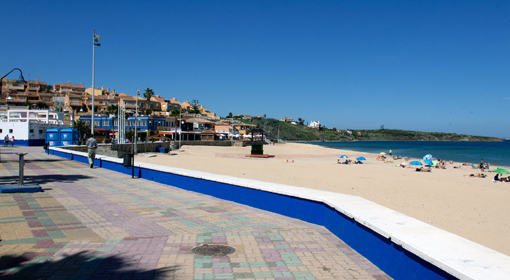
A part of the seafront of Getares
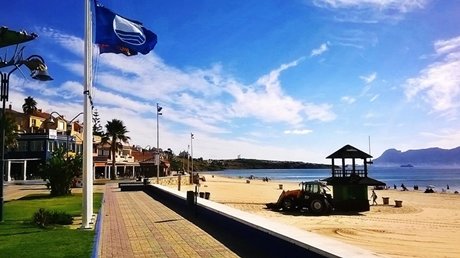
The seafront and Gibraltar in the background
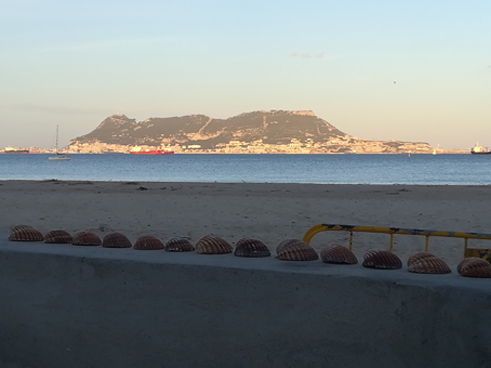
The shells put by a girl and Gibraltar in the background

The shells close up
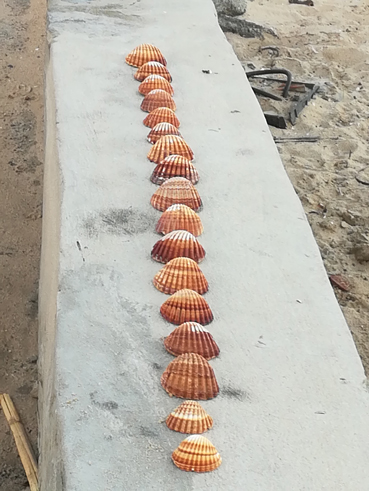
Another view of the shells close up
I wanted to talk about the shells on a beach of Algeciras --and therefore, of the Campo de Gibraltar-- because it seems unfair that, lately, on television, they only talk about this area as the main focus of drug trafficking; but they do not speak of many honest people, who work hard, every day, to raise a family and an entire area, which has many riches, such as a great variety of fish –for example “The Voraz” is a fish that you can only find in this area, because it lives in the Strait of Gibraltar--, and many companies that, with much effort, offer several quality services to their customers –for example, recently, IMPULSA (a business group destined to promote the excellence of this region of the Campo de Gibraltar) has been created.
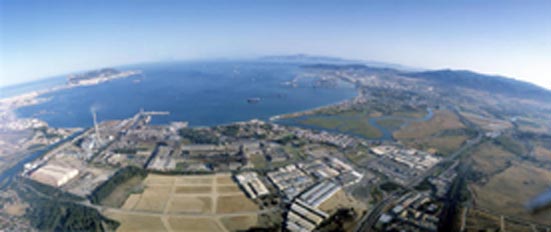
The Campo de Gibraltar
You can identify a Voraz thanks to the black spot that it has near the head.

A Voraz
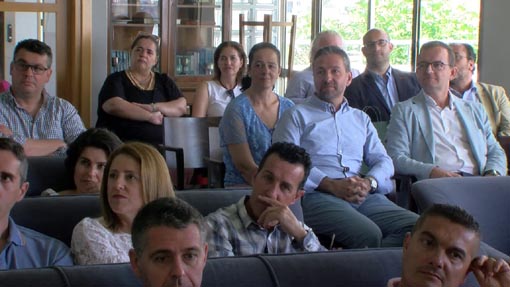
A meeting of IMPULSA in Algeciras
Well, now I am going to talk to you about shell.
The shell serves as a defensive element for mollusks to protect themselves from the external aggressions of their predators, and as an anchoring point for their muscles and organs. That is, for protection and anatomical support. It has three layers, although some of them can disappear in certain groups of mollusks. The innermost is the nacre or endostraco. It is an organic mixture of layers of conchiolin (a scleroprotein, related to chitin that forms the shell of insects, crustaceans and other organisms) and aragonite crystals.
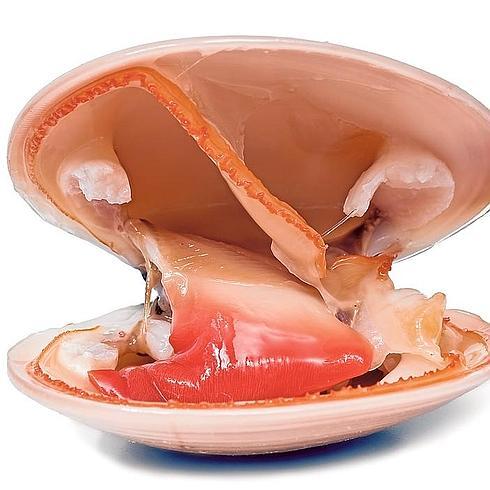
The mollusk inside the shell
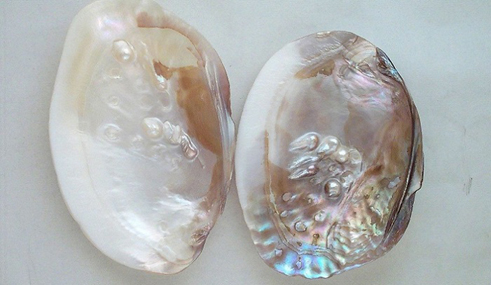
A shell with nacre
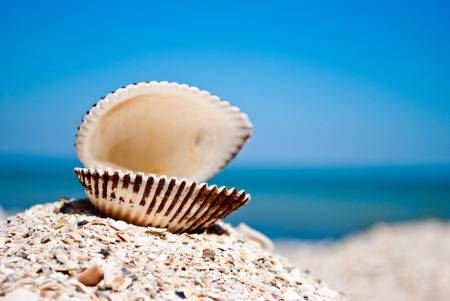
A sea shell open
The intermediate layer is the mesostraco, where prismatic crystals of calcium carbonate (CaCO3) appear, in the form of aragonite or calcite.
Finally, the periostraco is an organic layer of conchiolin. It could only be said that the conchiolin resembles keratin, because both are scleroproteins.
The nacre is secreted by ectodermal cells of the mantle of certain mollusc species. The blood of molluscs is rich, in a liquid form of calcium, which is concentrated outside the bloodstream and crystallises as calcium carbonate. The individual crystals of each layer differ in their shape and orientation. The nacre is deposited continuously on the inner surface of the shell of the animal (the pearly iridescent layer, also known as mother-of-pearl). These processes provide the mollusk with a means to smooth the shell itself and defense mechanism against parasitic organisms and harmful wastes.
When a mollusk is invaded by a parasite or bothered by a foreign object, that the animal can not expel, a process known as “encysting” enters into action, by which the offensive entity is progressively involved, by concentric layers of nacre. Over time, what we know as pearls forms, and the “encystment” is maintained, while the mollusk lives.

A shell with a pearl
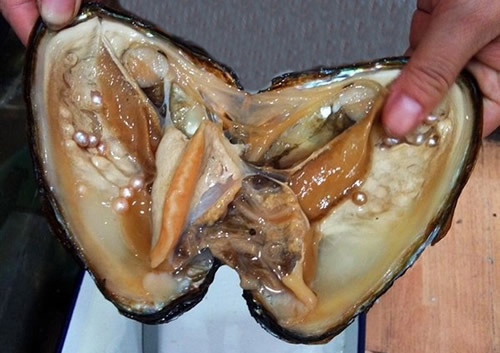
Mollusk with pearls
The shells are very durable and remain much longer than the soft-bodied animals, that produce them. In places, where large amounts of shells accumulate, sediments are formed that can be converted by compression into limestone. When the mollusks die, the shells are dragged, by the currents, towards the shore of some beach.
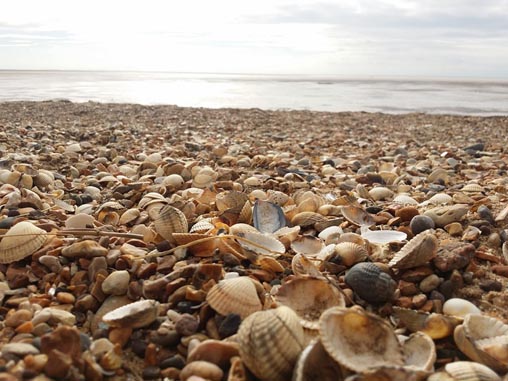
A large amount of shells on a beach
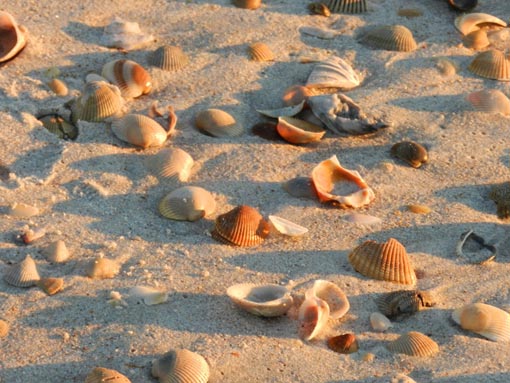
A few amount of shells on a beach
It is secreted by the mantle, a skin fold that covers the body of the animal and serves as the basis for the subsequent deposit of mineral salts. These crystallise, in different ways, giving rise to the different layers of the shell.
They are, in their majority, “dextrógiras”, ie, the spiral that constitutes it is always rolled towards the right. There are others (very few) that are levorotatory (that is, to the left), such as the “Neptunea contraia” or “Sinistralia maroccensis” and, sometimes, there is a levorotatory specimen of a species that is normally dextrorotatory, due to a mutation produced in the first stages of the development of the larva.
I take this opportunity to express my desire that nobody throw plastics to the sea and thus allow shells and other marine animals to live in peace within the sea.
Until my next post, kind regards,
Luis.
Sponsored by Costaluz Lawyers.
Please click below:
